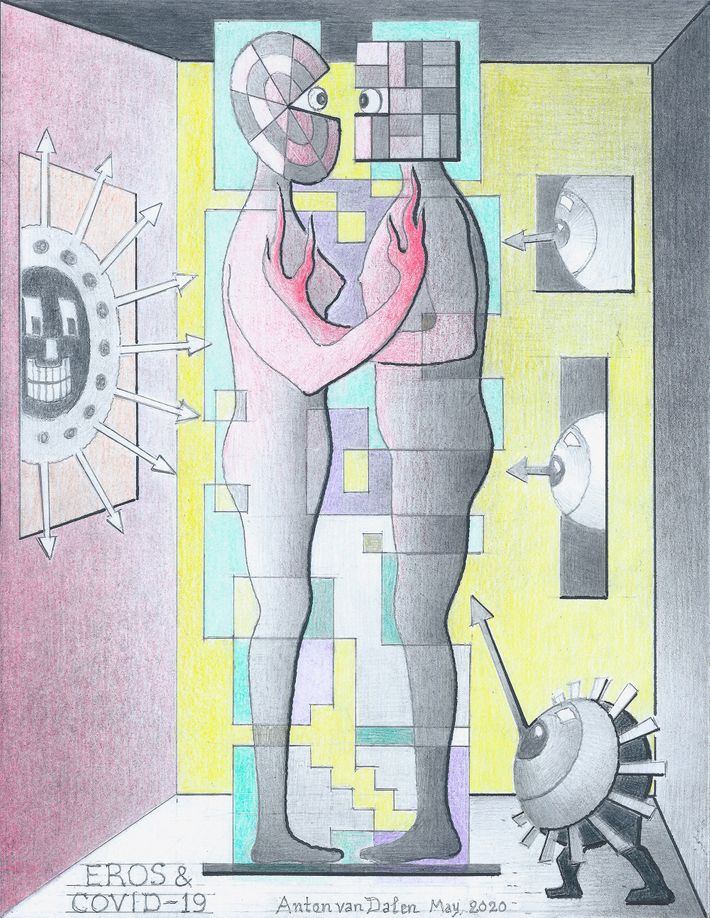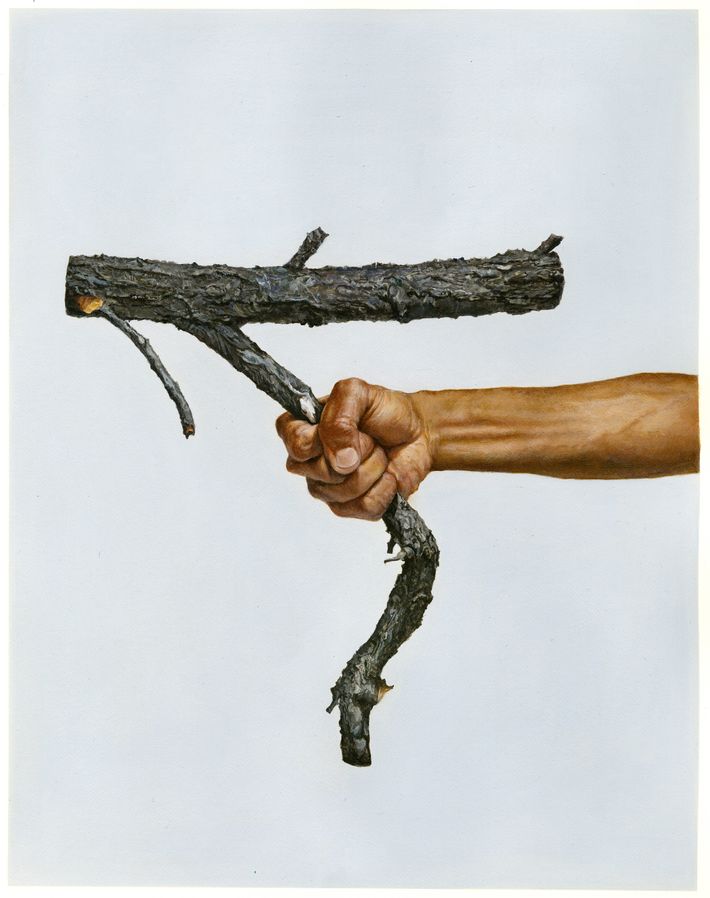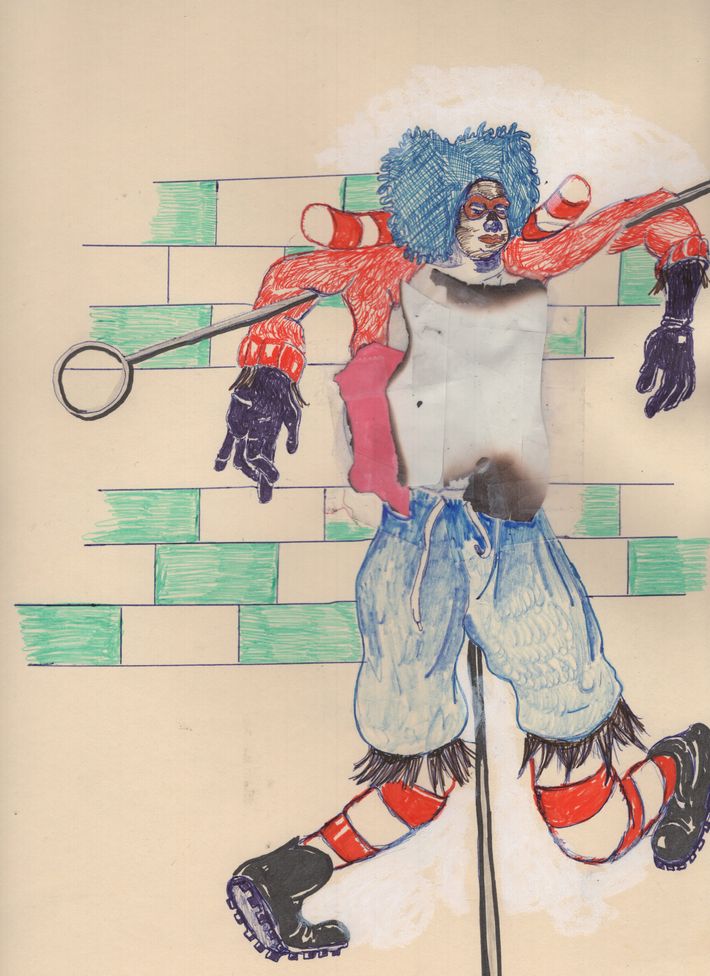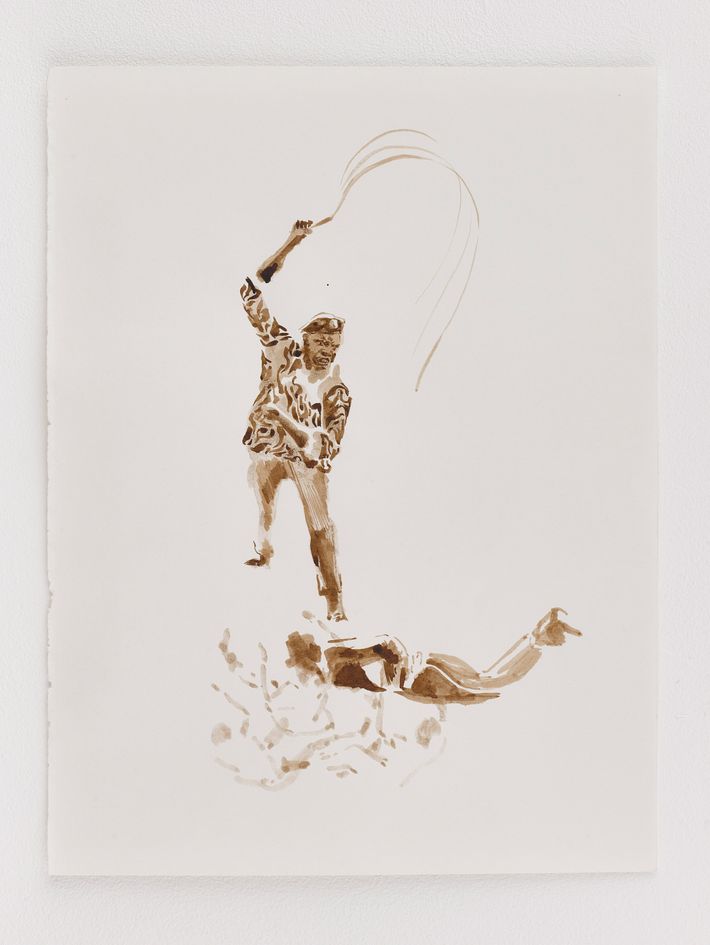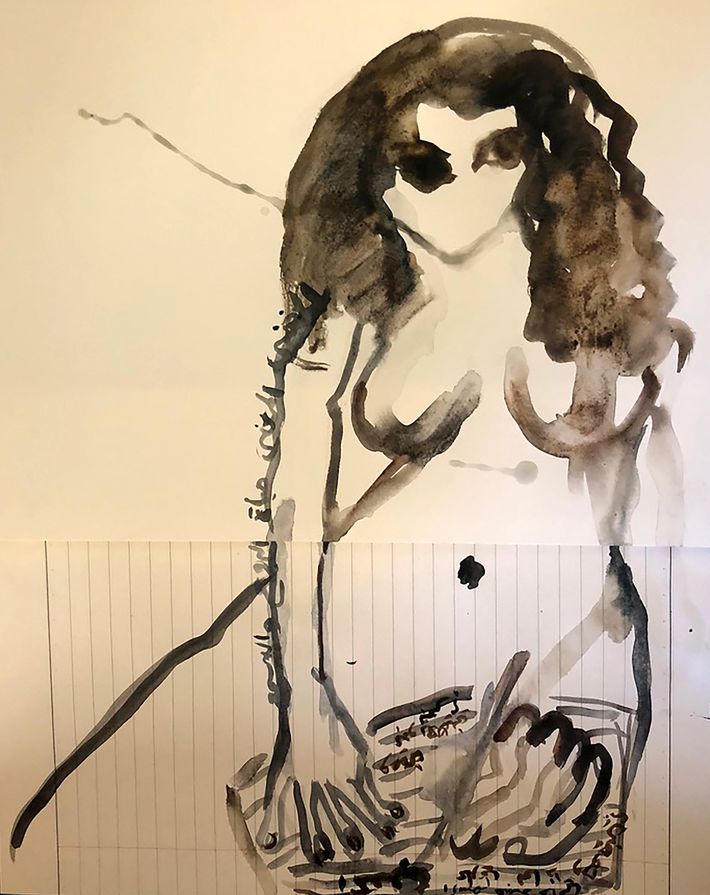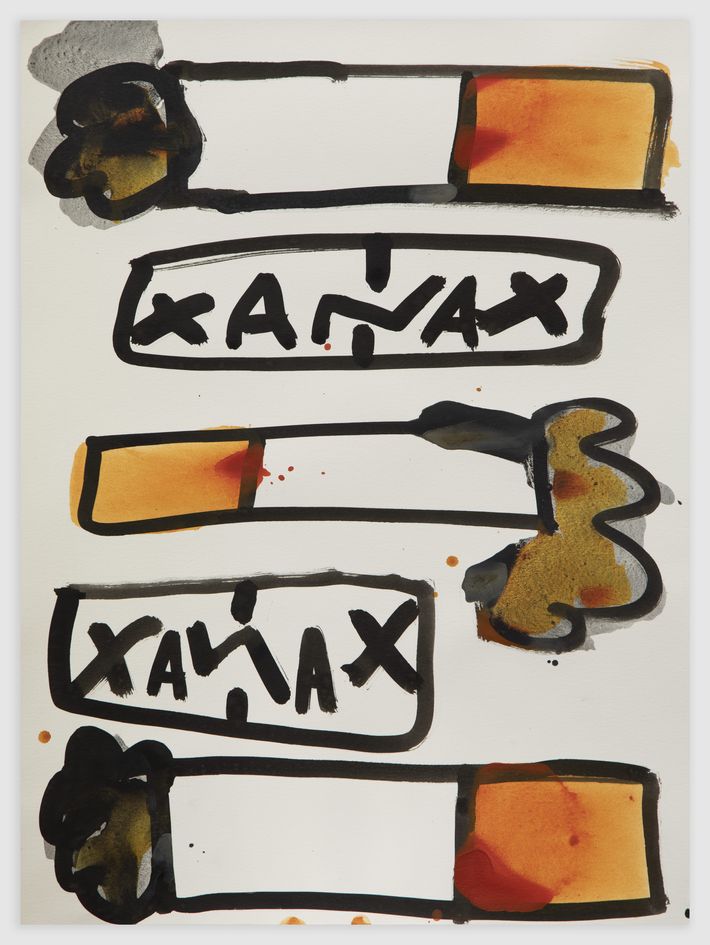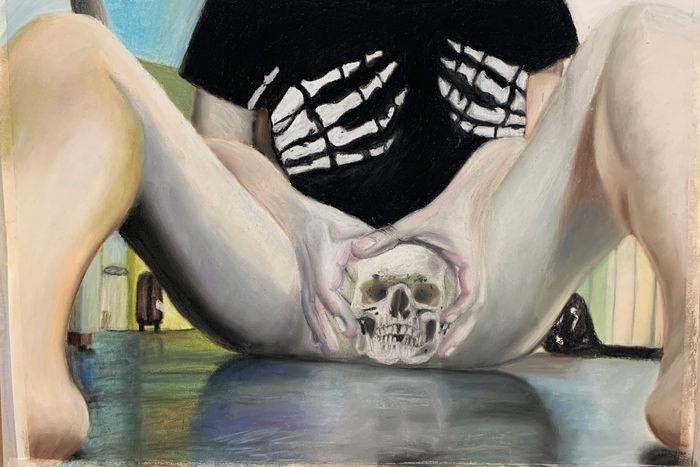Last fall, the Drawing Center’s director, Laura Hoptman, working with her modest staff, organized the electrifying “The Pencil Is a Key: Drawings by Incarcerated Artists,” a show that demonstrated how this once-indispensable organization was roaring back to life after years of dormancy and restaking its claim as one of the best small nonprofit exhibition spaces in the country. Months of good shows followed. Then came lockdown — and this tiny institution seized the moment and rose again. Along with a number of similar spaces, the Drawing Center scrambled and managed not to lay off or furlough a single member of its team, getting generous old-school assistance from organizations like the Andy Warhol Foundation for the Visual Arts and the Helen Frankenthaler, Milton and Sally Avery Arts, Richard Pousette-Dart, and Cy Twombly foundations — not to mention the amazing individual donations from artists like Pat Steir and Rashid Johnson.
This fall, with museums and galleries starting to carefully reopen in the flesh, comes “100 Drawings From Now.” Everything in it has been made by artists working in lockdown. It’s a show that understands this fundamental idea: Drawing is one of the roots of art, but in its primacy and primitivity, it is also its own way of seeing and thinking about the world and the self. And I can’t think of a more relevant art exhibition right now than one that provides an instantaneous window on the ways COVID-19 forced working artists to adapt to conditions echoing those of their cave-painting ancestors.
Like everyone else, artists have been confined to smaller spaces, often in makeshift studios, working in more intimate conditions with whatever tools and materials are at hand, while food may be cooking nearby, spouses and children are in the background, meetings are happening around them. This returns art to a time when studio, kitchen, family room, and schoolroom were the same room.
Moreover, “100 Drawings” confirms a crucial lesson for artists. Very little of the work on view is directly about COVID-19 or George Floyd or death or the imminent election. There is Maurizio Cattelan’s beautiful realist watercolor of a hand holding a branch of a tree, one of Katherine Bernhardt’s neon-colored images of cigarettes and Xanax, a gorgeous collage of butterflies by Fred Tomaselli, a mad iris by Amy Sillman, a thoughtful self-portrait by R. Crumb, and William Kentridge’s almost biblical-looking great charred tree with labeled branches. (Those are some well-known names. But there are also scores of works by lesser-known artists on hand. One of my favorites is a chart by rising sensation Christine Sun Kim, who signed the national anthem at the last Super Bowl and whose diagrams about deafness are changing the world a little bit at a time.)
Even though the pressing political, social, and medical matters of the past 200 days may not be immediately recognizable in the subjects of these pieces, as with all great art, the very deep content of right now, of the artist’s time, is embedded in all of this work — because all of it was made while all of this was happening. These are the varieties of almost-religious experiences that we come to art for and that art always has to impart.
*This article appears in the August 31, 2020, issue of New York Magazine. Subscribe Now!
More From fall preview
- Which Movie Studios Won and Lost the Summer of No Blockbusters?
- Everything to Know About the Looming PlayStation 5 and Xbox Series X Showdown
- The Hardest Elena Ferrante Lines I’ve Translated


